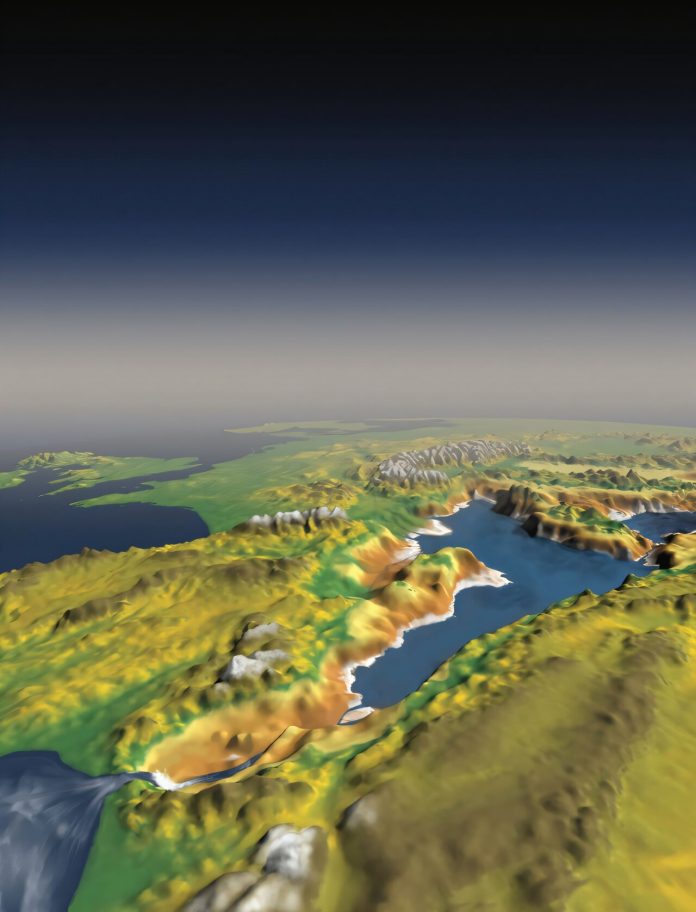
Around 5.5 million years ago, a dramatic event called the Messinian Salinity Crisis turned most of the Mediterranean Sea into a massive salt basin. Over a period of about 640,000 years, the sea lost nearly 70% of its water.
This extraordinary event, which scientists now understand better, had profound effects on the region’s environment, landscape, and even global climate.
The Mediterranean Sea connects to the Atlantic Ocean through the narrow Strait of Gibraltar. Millions of years ago, shifting tectonic plates and rising land restricted water flow from the Atlantic into the Mediterranean.
As a result, evaporation outpaced the inflow of new water, causing the sea to shrink dramatically and become extremely salty.
New research, published in Nature Communications, sheds light on how this process unfolded in two distinct phases by analyzing chlorine isotopes in salt from the Mediterranean seabed.
Phase 1: Eastern Mediterranean salts first
The first phase lasted about 35,000 years and affected mainly the eastern part of the Mediterranean.
During this time, the outflow of water to the Atlantic became restricted. With limited water movement, the eastern basin became brine-filled, and salt started accumulating at an extraordinary rate.
Phase 2: Extreme evaporation across the basin
The second phase, which was much faster, caused salt to spread throughout the entire Mediterranean.
Over less than 10,000 years, a dramatic drop in sea levels occurred. In the eastern Mediterranean, the water level fell by about 1.7 to 2.1 kilometers, while in the western basin, it dropped by roughly 0.85 kilometers.
This caused the basin to lose up to 70% of its water.
This sharp drop in sea levels had far-reaching effects. The heavy loss of water triggered changes in the Earth’s crust, leading to localized volcanic eruptions.
The vast depression created by the shrinking sea likely influenced the global climate and changed the surrounding landscape. What was once a thriving marine ecosystem became a barren, salt-encrusted desert.
Understanding the Messinian Salinity Crisis provides valuable insight into how extreme geological events shape our planet. This research also helps scientists better understand the history of the Mediterranean and how such events could influence global climate systems in the future.
The Mediterranean Sea eventually refilled when the Strait of Gibraltar reopened, allowing the Atlantic to flood back into the basin. This momentous “refilling” marked the end of one of Earth’s most extreme geological events.



